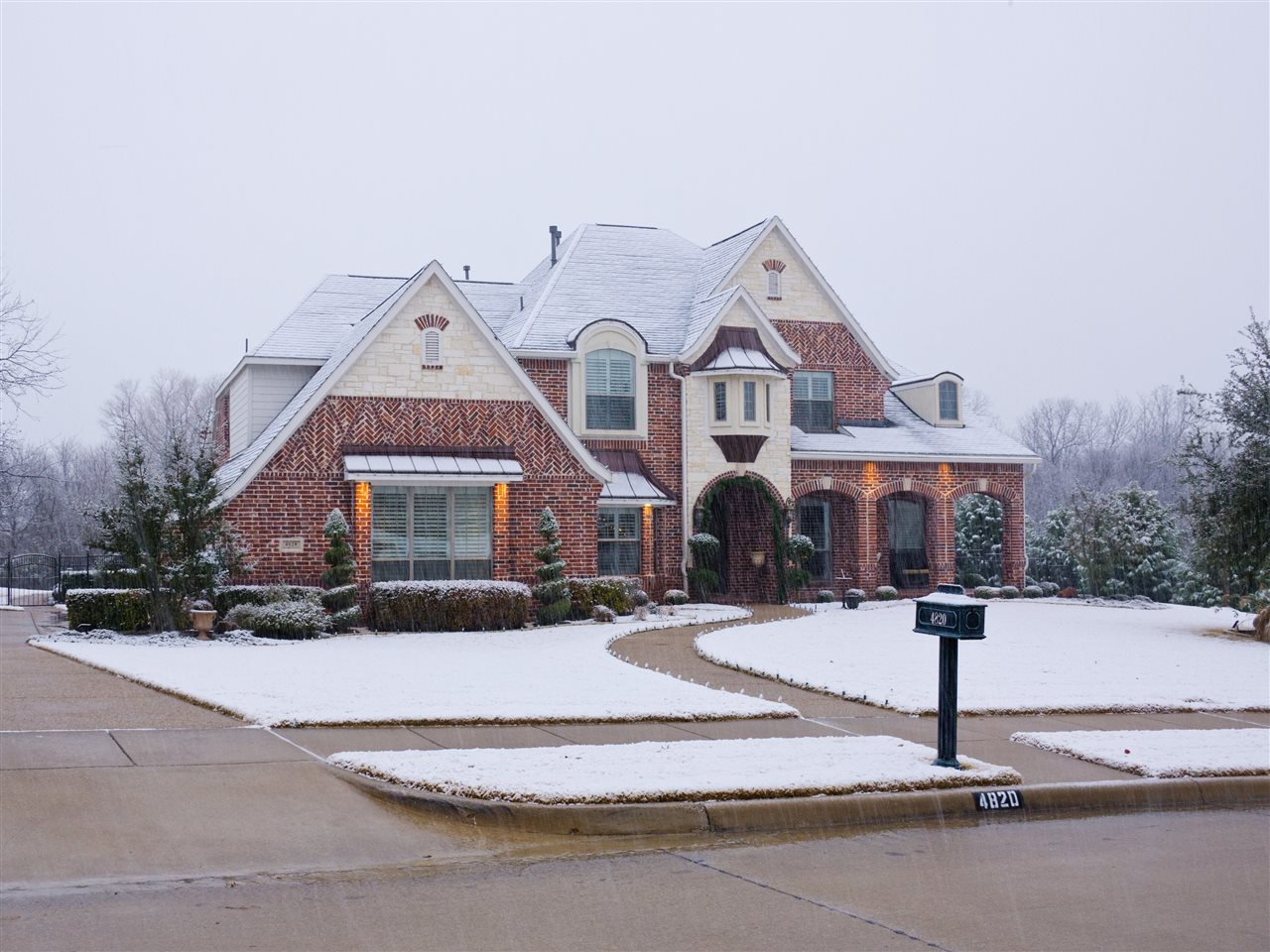
3 Big-Impact Home Improvements for a Safe, Healthy Home
3 Big-Impact Home Improvements for a Safe, Healthy Home
(BPT) – The pandemic has brought new focus to big-impact home improvements that not only add value, but also support wellness. Today’s homeowners are investing in thoughtful improvements. These prioritize safety and well-being, helping to substantially increase the home’s health quotient.
Here are three, big-impact home improvement trends that support health and safety:
First big-impact home improvement for a safe, healthy home.
1) Upgrade your home’s water
From drinking and cooking to bathing and cleaning, water is in constant use in a home. Essential to life, high-quality water that helps your family live healthier is vitally important. However, many homes are plagued with poor water sources that may contain toxins or contamination. Therefore a good first step is to get your water tested. Many communities and organizations offer free testing and then determine necessary upgrades.
If taste or water quality is a concern, a filtered water system can help provide safe drinking water. If you have hard water, you may want to research systems that condition the water such as a water softener. These systems remove excess minerals and produce water that helps appliances run more efficiently. It also makes it easier on the skin and hair while bathing.
Older homes may require upgraded plumbing systems to replace aging and deteriorating pipes. One solution for repining homes is using Uponor AquaPEX, a flexible polymer piping material that resists corrosion, pitting and scale buildup. Flexible pipe like this lasts longer. It bends around corners and fits into tight spaces without the need for large holes in drywall.
Seconded big-impact home improvement for a safe, healthy home.
2) Install a snow and ice melting system
Much of the nation faces seasonal snow and ice, which presents many challenges for homeowners. As winter weather begins, slip hazards increase, not to mention the risk of injury during snow removal. Hydronic radiant snow-removal and ice-melting systems are smart solutions that melt snow and ice quickly. The need to shovel and plow, as well as the use of toxic ice melt chemicals are eliminated.
Installed by a professional, Uponor residential snow and ice melting systems use PEX tubing buried in concrete, asphalt or a sand bed to circulate a warm water and glycol solution that heats the surface until it is warm enough to melt snow and ice. A simple manual switch can control the system, or it can be fully automatic, sensing when melting is needed.
These systems improve the health and safety of a home by removing slippery ice and snow. Removing slippery ice and snow reduces the likelihood of injuries, as well as the associated liability and lawsuits. The system adds value and helps meet Americans with Disabilities Act (ADA) regulations if a home is opting to follow those standards.
Third big-impact home improvement for a safe, healthy home.
3) Elevate air quality
When you heat or cool your home, conventional forced-air systems push treated air through ductwork in the walls and ceilings. They often circulates pollutants as well as dust and allergens that lower overall indoor air quality. This is a concern because Americans spend around 90% of their time indoors, according to the EPA. The amount of some pollutants are two to five times higher in the home than typical outdoor levels.
A whole-home air filter system is worth considering for ongoing air treatment as well as other steps that reduce reliance on these systems. For example, water radiant heating works by warming water at a heat source and circulating it through piping installed beneath the floor. There is no fan to circulate dust, allergens and odors, so you can breathe easier while enjoying warmth and comfort.
In addition to improving your home’s heating and air conditioning methods, it’s important to take steps to limit new pollution in a home. When doing home projects, be mindful of using supplies and materials with high amounts of volatile organic compounds (VOCs). These can infiltrate the air you inhale. Home-building products, including paint, plywood, fabric, carpet and foam may contain (VOCs).
It may cost more to purchase items with low VOCs. People are increasingly willing to make this investment to support home air quality.
We have listed only three of the big-impact home improvements for a safe, healthy home.

